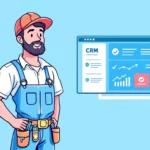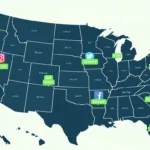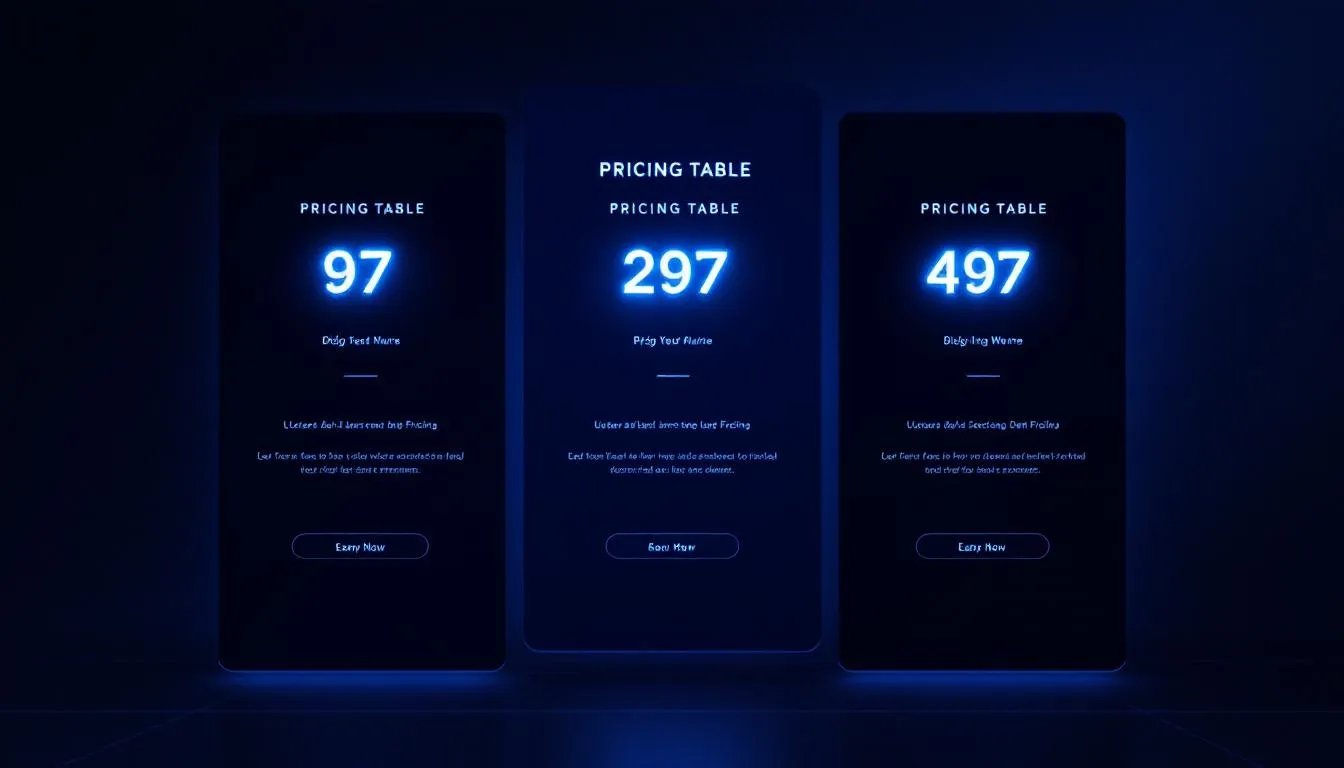Introduction
These days, it takes more than imagination and planning to run an agency. Agencies are expected to get results that can be measured, keep up with multiple client interactions, and stay efficient even as things get more complicated. Without organization, teams can quickly get too busy with boring jobs, jumbled conversations, and using too many software programs at once.
This is where having a clear plan, or script, comes in handy. An agency CRM tools playbook gives agencies a road map for streamlining their operations, automating labor-intensive tasks, and building the capacity to grow without continuously raising costs. Modern CRM systems make this possible by combining multiple tools into a single system. This cuts down on waste and gives agencies the information they need to grow.
Why Agencies Need a CRM Playbook
Every great business has a set of steps that are used over and over again to get leads, keep clients happy, and get results. Each team member comes up with their own way to work when there isn’t a set plan. This causes problems and wastes time.
This layout comes from a CRM plan. Instead of using ad hoc methods, organizations use fixed methods that are backed up by technology. Everything is tracked and automated by the CRM, from the first touch with a client to keeping them as a client and sending reports. This not only makes sure that everything is the same, but it also makes it possible for activities to grow in a way that works.
Streamline: Unifying Data and Communication
One of the main goals of any plan is to cut down on the number of steps. Many times, companies use many tools to answer emails, talk to clients, keep track of tasks, and write reports. Going from one tool to another may be helpful in some ways, but it takes longer to do things and puts information in different places.
CRM systems get rid of these losses by putting all of your client information and details in one place. One tool that does this really well is Salesforce, which brings together data from marketing, sales, and customer service. It goes even further with HubSpot, which connects inbound marketing strategies directly to jobs in CRM. This makes sure that running ads and talking to clients happen at the same time. HubSpot and Salesforce are two sites that have links to them.
It saves time for agencies to not have to get information from different places when they use CRM tools at the same time. Instead, call logs, texts, and advertising results can all be found in one place. This makes the team more effective and gives clients a better experience.
Automate: Freeing Agencies from Repetition
One of the biggest ways that agencies lose money is through repetition. It takes time that could be used for strategy work to write the same follow-up emails, make the same reports, and move leads from one stage to the next by hand.
The agency CRM tools playbook’s second cornerstone is automation. Agencies can set up processes that take care of regular jobs with platforms like Zoho CRM and Freshworks. When a lead fills out a form, the system can add them to the flow right away, pair them with the right sales rep, and send them a custom email. (Link to another site: Zoho, Freshworks)
With automation, you can be sure that you don’t forget about any clients or leads. It also makes sure that communication is polite, on time, and regular. By automating jobs that need to be done over and over, companies free up their teams to work on new ideas and building relationships with clients.
Scale: Expanding Without Sacrificing Quality
A CRM playbook’s main goal is to help a business grow. Agencies want to get more clients, run more ads, and make more money without lowering the level of their work. This is possible with CRM systems because they standardize processes and make them more efficient over time.
A lot of businesses choose GoHighLevel because it can be used by any business. CRM can be used by companies to make money and keep clients by giving them their own site with their own logo. Clients rely on both the agency’s services and the tools, so they will continue to pay the agency.
It’s also easier to hire people when you use CRM tools to grow. To keep up with growth, companies don’t hire more staff. Instead, they use technology and uniform data to get more done with the staff they already have. This helps the company make money in the long run and keeps the service level high.
Transparency Builds Trust and Retention
One important way to make money is to keep clients. Agents lose clients not because they are bad at their job, but because they can’t talk to them well. When people spend money, they want to see clear effects and know that it was well spent.
This need is met by client websites and CRM systems that make data easy to understand. HubSpot and Salesforce both have screens that show clients real-time data on their progress. This way, clients don’t have to wait for monthly reports to get the information they need. Being honest like this makes people trust you and believe in you.
Clients are more likely to trust an agency when it is open and honest with them. They are more likely to stay together and grow closer over time, and they are less likely to look for other options.
Data-Driven Decisions as a Competitive Edge
Before, agencies often made choices based on gut feelings or what they knew from the past. Plans are made based on facts these days. CRMs give companies real-time information about leads, marketing, and customer behavior, which lets them keep improving their methods.
Zoho CRM and Freshworks are both great at giving you data that show you which programs work best, where leads are dropping off, and how to improve contact. (Link to another site: Zoho, Freshworks)
Making choices based on data not only improves the success of a campaign but also builds stronger relationships with clients. When agencies show clients clear proof of growth, they become valued partners instead of just sellers.
The Role of AI in the Modern Playbook
Artificial intelligence is the next big thing in CRM playbooks. AI isn’t just an idea anymore; it’s being built into popular CRM systems to help with predictions, handle personalization, and suggest strategies.
Einstein AI from Salesforce is a great example because it predicts how to score leads and tells you what the best next step is. HubSpot is also putting a lot of money into AI-powered features that will make it easier for companies to make large-scale custom campaigns. (Links to other sites: HubSpot and Salesforce)
AI turns the CRM from a reacting tool for businesses into a proactive one. AI finds chances and risks before they happen, instead of waiting for data to show trends. This lets companies respond faster, give better, more personalized service, and always go above and beyond what clients expect.
Case Study: How a Playbook Transforms an Agency
Think of a company that used to rely on files and tools that weren’t connected to each other. Reporting was slow, communication was all over the place, and growing seemed impossible. Customers often said that updates took too long and service wasn’t always reliable.
By using a CRM plan, the firm organized all of its data, automated tasks that were done over and over, and set up client platforms. Within a few months, the team cut down on office hours, made it easier for clients to stay with them, and grew to handle more customers without hiring more people. Clients showed more trust in the agency’s services, and profit margins grew.
This change shows why every company needs an organized CRM playbook. It shows you the way, keeps you steady, and gives you the growth tools you need.

Conclusion
They can’t just wing it or use old tools to solve big problems when they come up. They need a clear plan for growth, technology, and speed to stay ahead in the market right now. A well-thought-out plan for business CRM tools does just that.
For agencies to help more people for less money, they can use uniform systems to make things run more easily, automate jobs that need to be done over and over, and standardize processes to make them bigger. Some of the tools that can help you carry out this plan well are Freshworks, GoHighLevel, HubSpot, Salesforce, and Zoho.
As AI gets better, the plan will get even better. This will help us make the report better for everyone by giving us more information. Now is the time for companies to use these tools. They will not only meet client expectations, but they will also go above and beyond them. This will make partnerships stronger and help them grow over time.
It’s easy to see what needs to be done next: use CRM technology to organize, manage, and grow your business.











